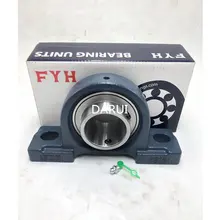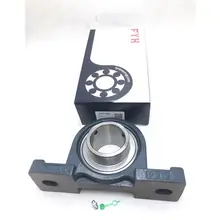Understanding Counter Balance Valves
Counter balance valves are essential components in hydraulic systems, designed to control the motion of a load by regulating the flow of hydraulic fluid. These valves ensure stability and precise motion control, particularly in applications where loads must be held in place or moved gently.
Types and Applications
There are various types of counter balance valves, including single counterbalance valves, dual counterbalance valves, and cartridge counterbalance valves. Each type serves a specific function, from stabilizing single-acting cylinders to managing the movement in complex, dual-acting hydraulic systems. Common applications are found in hydraulic counterbalance systems within industries such as construction, where a hydraulic cylinder counterbalance valve is crucial for equipment like excavators and loaders.
Features and Materials
The construction of a counter balance valve typically involves robust materials such as high-grade steel or iron, ensuring durability and resistance to high-pressure environments. Features may include adjustable settings for precise control, with some specialized valves like the counterbalance valve sun hydraulics offering advanced customization for specific system requirements.
Advantages of Counter Balance Valves
Utilizing a counter balance valve in a hydraulic system offers numerous advantages. These valves maintain load control in the event of a hose burst, thus providing an added safety measure. They also contribute to energy efficiency by allowing the system to operate with lower pressure, reducing the hydraulic system's overall energy consumption.
Selection Considerations
When selecting a counter balance valve, it's important to consider factors such as the valve's pressure rating, compatibility with the hydraulic fluid used, and the specific requirements of the hydraulic system, such as load size and dynamic forces. For instance, a pressure counterbalance valve is specifically designed to deal with high-pressure conditions, while a pneumatic counterbalance valve is tailored for systems using compressed air.
Integration in Hydraulic Systems
Incorporating a counter balance valve into a hydraulic system, such as a hydraulic cylinder with counterbalance valve, requires careful consideration of the valve's placement and adjustment. Proper integration ensures that the valve will effectively maintain the desired load control and system stability, which is critical in applications like aerial platforms and forklifts.


































 浙公网安备 33010002000092号
浙公网安备 33010002000092号 浙B2-20120091-4
浙B2-20120091-4